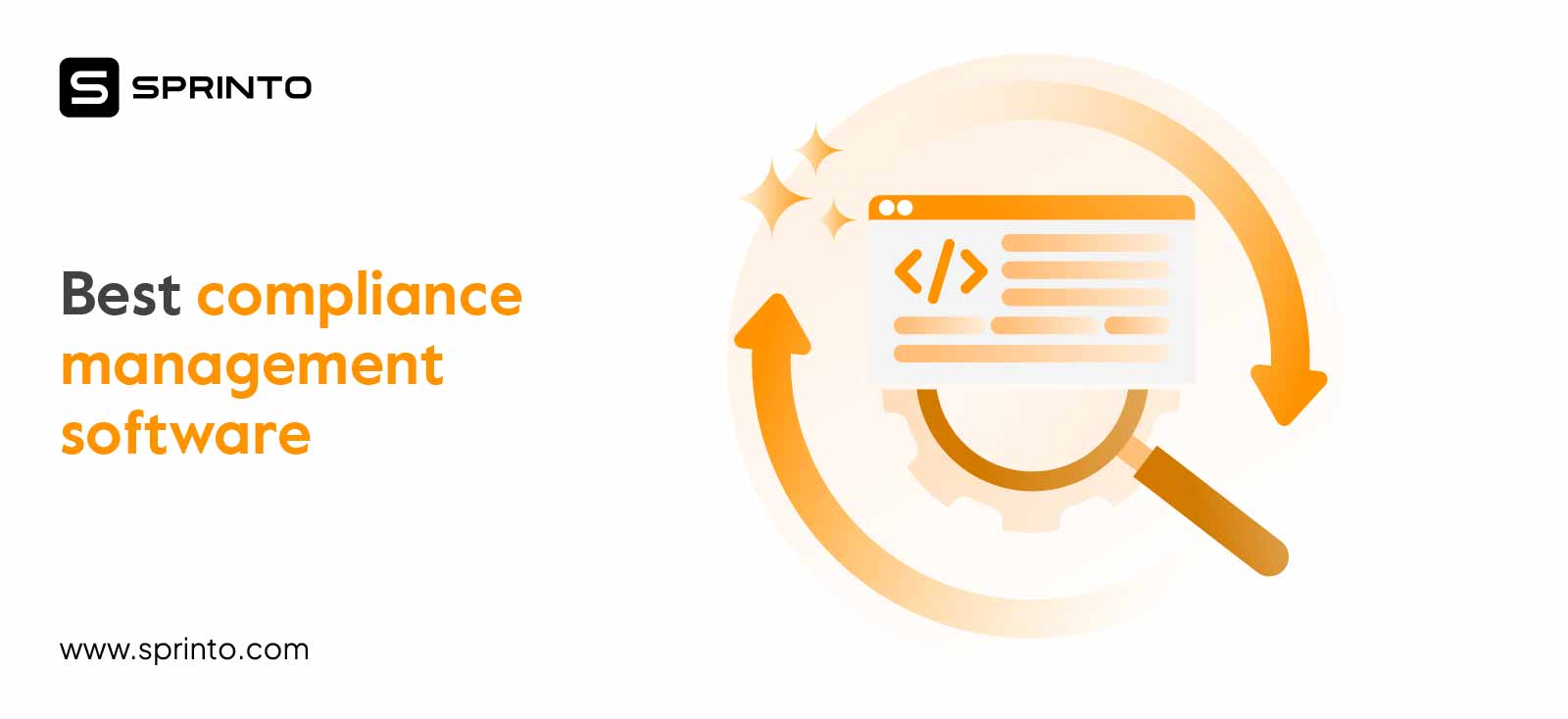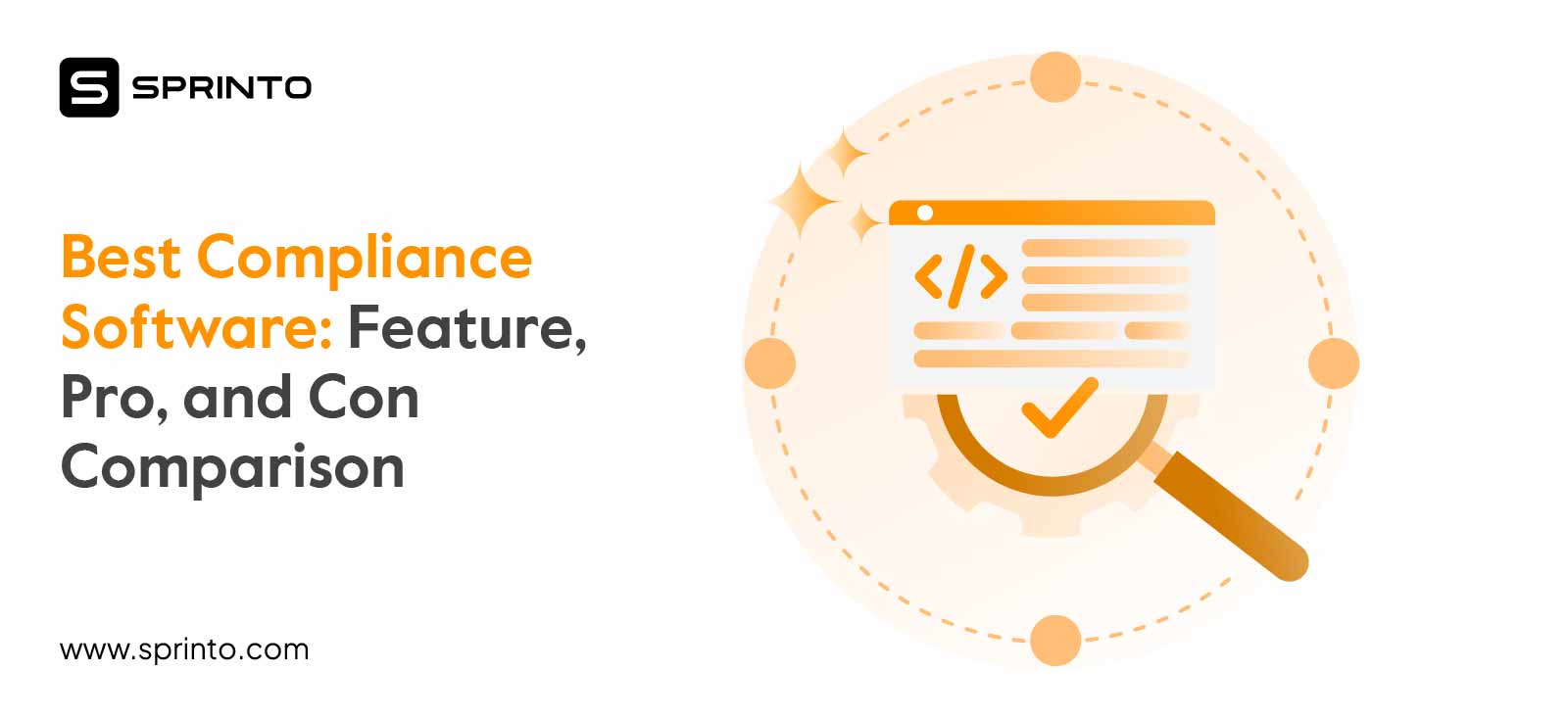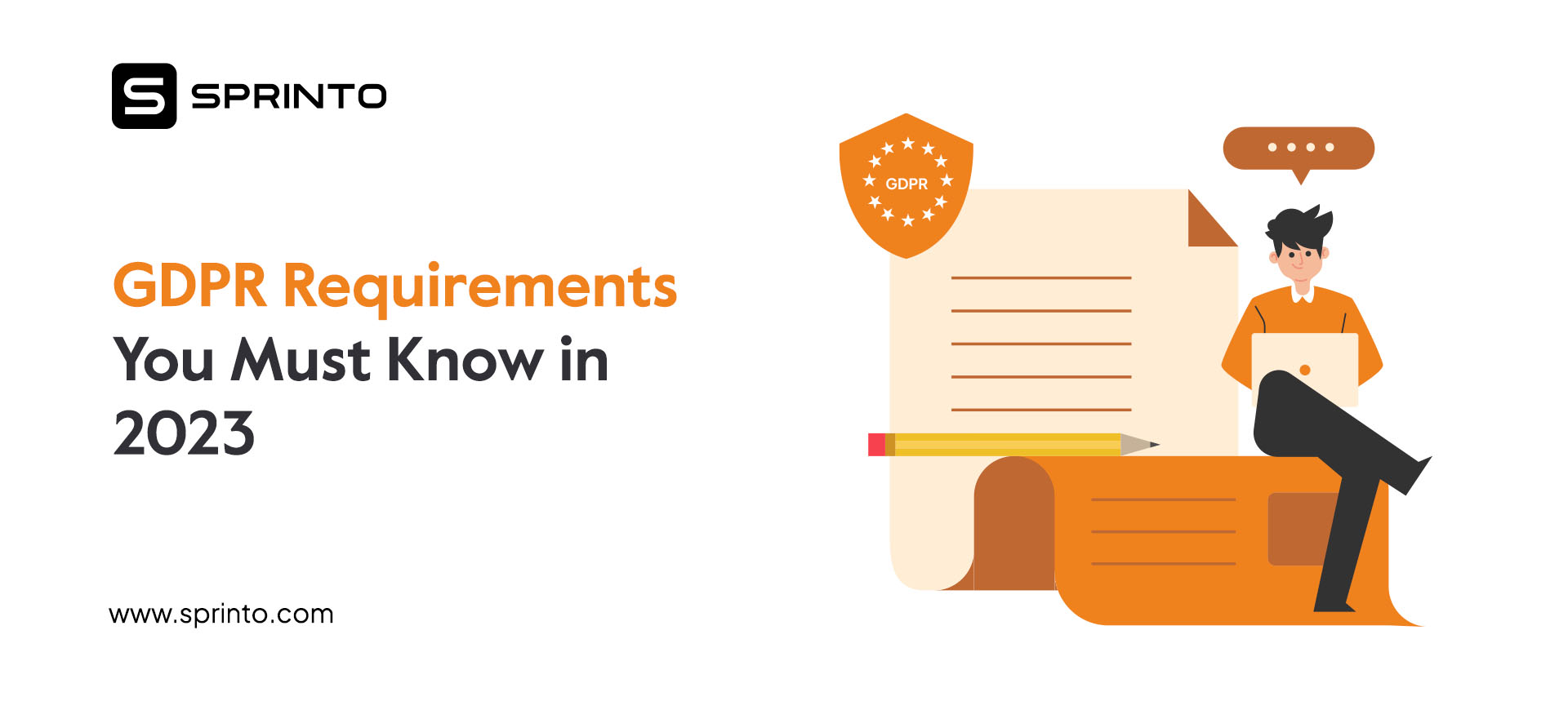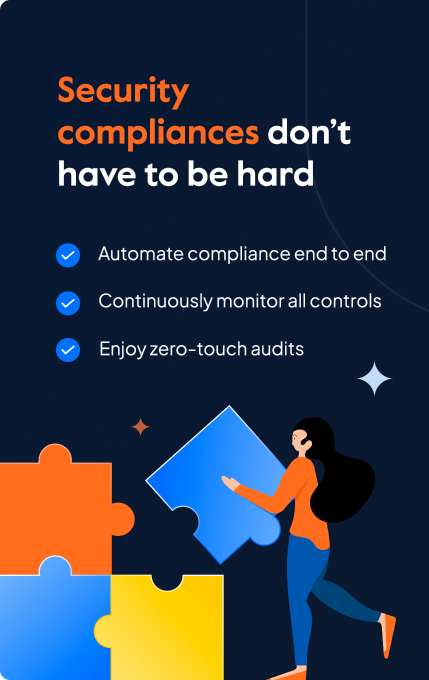PCI DSS Certification: The ABCs of Getting Compliant
Meeba Gracy
Feb 13, 2024

When Spanish airline Air Europa suffered a data breach recently and became the reason for its customers canceling their credit cards because fraudsters were accessing their financial data, the repercussions were felt far and wide. Travelers chose to vent publicly on social media and voted quickly with their laptops by resolving never to fly with the airline again.
However, if the Spanish airline had been compliant with PCI DSS, so much of the reputational damage could have been avoided as safeguards were in place to prevent such data misuse.
This incident highlights the importance of PCI DSS Certification (Payment Card Industry Data Security Standard), which is crucial for service providers to secure credit card transactions globally.
In this article, we will learn about the steps you must take to get PCI DSS certification. Depending on the range of transactions carried out annually, Certification levels depend on your business’s yearly transactions.
Small businesses could spend $5,000-$20,000 for certification, while larger enterprises might pay $70,000+. Demonstrating certification to customers builds trust and credibility.
Let’s dive in…
TL;DR

Goal: Understand the importance of PCI DSS certification and the steps to achieve it
Reach: Learn about the significance of PCI compliance, steps for certification, and associated costs
Results: Getting the PCI DSS certification to protect customer data, build trust, avoid penalties, and improve business opportunities
What is a PCI certification?
PCI DSS certification is a mandatory security standard for card transactions with comprehensive policies and procedures. It helps you protect cardholder data and any personal information associated with the card.
PCI certification safeguards card data by imposing specific requirements set by PCI SSC. These include essential practices like firewall installation, encryption transmission, and anti-virus software usage, which we will discuss further in the section. Remember that you must also control access to electronic cardholder data and monitor network resource access to get PCI certified.
Also, Obtaining PCI compliance is not a simple feat; it is a badge of security that reassures customers your business is trustworthy. On the flip side, noncompliance can be costly, both financially and for your reputation. We have outlined the cost of repercussions below if you don’t get PCI DSS certified.
Why is PCI DSS certification required?
The PCI DSS certification is required to protect sensitive cardholder data and authentication data, whether stored, transmitted, or processed. This applies regardless of whether you are a global enterprise or a start-up.
Your business must always be compliant, and you should validate your compliance annually if you take credit card brands like American Express, JCB International, VISA, and more.
PCI DSS compliance burden applies to all companies that collect, process, and transmit credit card data. If you accept or process credit card payments as a service provider, you must comply with PCI DSS requirements based on the security policy.
How to get PCI DSS Certification?
Getting PCI DSS certified is doable and typically takes companies one to two weeks, depending on payment complexity and current information security status. If you’re keen on achieving PCI compliance.
Here are the 11 steps you can take to get PCI DSS certification:

Getting PCI DSS certified is doable and typically takes companies 2 to 3 months, depending on payment complexity and current information security parameters. If you’re keen on achieving PCI compliance, here are the 11 steps to consider:
1. Get familiar with the 12 PCI DSS certification requirements
You need to adhere to twelve PCI DSS requirements to progress toward getting the PCI DSS certification process for your cloud-hosted company. These twelve requirements are distributed among six goals necessary for any company to comply with PCI compliance requirements.
Look at the video for the twelve PCI DSS requirements based on their control objectives.
Hence, the first step is to check if you adhere to all these requirements and compliance assessments and if you need to take the next steps to implement them.
2. Identify what your company needs
Now that you’re sufficiently familiar with the twelve PCI DSS requirements, the next step in getting PCI DSS certification is to identify the PCI compliance requirements relevant to you.
The PCI Council has classified 4 PCI levels, each with different requirements.
The level of PCI compliance that needs to be adhered to mostly depends on the range of online transactions your cloud environment processes annually.
Here are the 4 PCI compliance levels you need to know for your next step in the PCI DSS compliance certification process:
- Compliance Level 1: Transactions per year > 6 million
- Compliance Level 2: Transactions per year – 1 million to 6 million
- Compliance Level 3: Transactions per year – 20,000 to 1 million
- Compliance Level 4 – Transactions per year < 20,000
Suppose your cloud-hosted company falls under compliance level 1. In that case, you need to hire a PCI-qualified security assessor (QSA) to conduct an audit that identifies your company has met the required PCI data security standard. You also need to submit an annual compliance report (ROC) as a part of your business processes.
On the other hand, if your cloud-hosted company falls under compliance levels 2 & 3, you must fill out a Self-Assessment Questionnaire (SAQ) to attest that your company has implemented all security measures required by the PCI Data Security Standard.
If your cloud-hosted company falls under compliance level 4, it is still recommended that you fill out SAQ. Although it’s not mandatory to do so in your progress towards the PCI DSS certification process.
3. Locate and map how your payment card data moves
To safeguard sensitive credit card information, you must first understand where it resides and how it moves. This is where you need to start creating a data map that outlines the security systems, physical access to network resources, and applications interacting with credit card data in your company. To make this better, collaborate with your IT and security dedicated teams.
Identify every customer-facing aspect of your business connected to payment transactions. This might include online shopping carts or phone orders. Figure out the various pathways cardholder data takes within your system, as it is good to pinpoint where you store the data and who has access to it to get PCI certified.
4. Complete your Self Assessment Questionnaire
First, remember to finish your ROC or SAQ. To do this, you must complete a self-assessment questionnaire (SAQ) or a report on compliance (ROC).
SAQs are handy for merchants to double-check their self-assessment answers. Bigger companies often get a qualified security assessor (QSA) to assist in accurately assessing their compliance.
An ROC is specifically for level-one companies undergoing security audits, as they remain valid for one year.
5. Check your security controls
Next, examine your security controls and protocols. Once you’ve identified where credit card data could be accessed in your company, collaborate with your IT and security teams again.
The goal is to establish the correct security settings and protocols. These protocols, like Transport Layer Security (TLS), safeguard data transmission.
If not, you can always take the help of a compliance automation platform, which helps you measure your gaps and come up with a remediation plan.
Here is where Sprinto comes in. Sprinto is an AI-powered compliance automation platform that helps you get compliant by automating 90% of your efforts. To check if your security controls and protocols are in order, Sprinto helps you with continuous control monitoring.
It conducts millions of checks every month, and if you miss any control, an alert will be sent to the admin to address the issue.
The easy path to PCI DSS compliance
6. Conduct quarterly scans
Many compliance standards need companies to routinely check their operations and methods to stay compliant and follow the best practices. You can get help from an approved scanning vendor (ASV) to ensure your scans are reliable and meet PCI guidelines.
These vendors conduct external audits using approved security tools to spot any risks or vulnerabilities in your system. Once you spot weaknesses, fix them to reduce the chances of hackers getting in. Doing these scans every business quarter, or roughly every 90 days, keeps your systems secure.
7. Risk/Audit/Security Assessment
Because PCI DSS certification aims to eliminate the risk of credit card data breaches, all cloud-hosted companies must perform a detailed risk assessment in their own payment environment and measure the complex payment flow.
Every cloud-hosted company processes credit card data and aims to discover threats and vulnerabilities to credit card data and services performed.
8. Conduct gap analysis
Now, you have to review the PCI DSS requirements to discover potential compliance gaps (if any). If you find any gaps, then it is critical to formulate a remediation plan to close them immediately.
For this, consider hiring a PCI QSA to ensure proper gap analysis is conducted and reviewed to eliminate errors.
Typically, a PCI gap analysis is done by an expert who looks at your critical data processes and tech setup to determine your necessary PCI controls. It usually takes about 5-7 days.
With Sprinto, you’ll be able to find any gaps in your compliance setup and help you fix them before they become a problem.
9. Conduct internal PCI DSS audit
The next step is to conduct an internal PCI DSS audit. This audit helps you check if you’re following PCI DSS rules.
You can have your own experts do it or hire a third-party auditor. Look at how well your security measures are working, review your documents, and find any places you do not follow the rules.
Internal audit with Sprinto
With Sprinto, conducting internal audits is easier than ever. Our automated solutions take the manual work out of the equation. With Sprinto, you can streamline your internal audit process by setting an audit window and fast-tracking your PCI DSS 1 compliance readiness. Our platform can help you achieve over 90% readiness in a matter of weeks rather than months. If the audit finds problems, make sure to fix them.
10. Continuously monitor your system
Remember, PCI compliance isn’t a one-time thing. It’s an ongoing process to keep your business compliant as things change.
Some payment card brands might need you to send reports regularly, especially if you process a lot of payment card transactions. Staying compliant often means working together across different departments.
If you don’t have that already, think about forming a team to handle compliance.
With Sprinto, you get help in figuring out which systems to include in your controls and how to manage them.
It even sets up role-based access controls to prevent cybersecurity problems. Start by assigning owners to each control; they’re crucial for fixing vulnerabilities quickly, ensuring everything’s secure.
See how we helped one of our customers get compliant.
11. Prepare to get PCI DSS Certification
Getting PCI DSS certification is important, but, only external Qualified Security Assessors (QSAs) can do official audits.
QSAs are data security experts and are certified by the PCI DSS Council. When you’ve chosen your QSA and defined what they’ll evaluate, they’ll investigate various parts of your organization.
They’ll look at how you’ve set up security controls to meet the 12 PCI DSS applicable requirements. But don’t worry; they’re on your side.
Their main job is to check for potential cardholder data vulnerabilities, not punish your organization. The QSA will test your cardholder data environment, including devices, public networks, and applications that handle cardholder info. They’ll also review your overall security requirements, including policies and procedures.
Once they are thorough, they’ll create and submit a detailed annual Report.
Sprinto can help you simplify your external audit with automated evidence collection. All you need to do is integrate your cloud stack with Sprinto and upload evidence in the form of screenshots. If anything is missing the system will immediately send alerts to the admin.
On the day of the audit, you can simply show the audit dashboard where all the evidence is available in one place instead of going back and forth.
Save up to 60% on PCI DSS audit costs
Benefits of getting PCI compliance certification
PCI DSS, of course, provides a baseline security for the burden of customer data you hold. But apart from that, here are some of the benefits you’ll receive directly or indirectly when you become PCI-compliant.

1. Prevents data breaches
Data breaches happen a lot nowadays, both for big and small companies. Preventing data breaches is the main goal of PCI-DSS. Its requirements ensure you have everything in place to stop a big breach from happening.
2. Increases customer trust
Would you support a business if you thought your credit card data might get stolen? Most people wouldn’t. Even though customers might still need to grasp the details of compliance fully, they’re becoming more aware of the issue due to public breaches in the news.
Customers view PCI compliance as a sign that your business follows best practices. Customer confidence has a big impact on your brand and profits. People who don’t trust you to protect their data are less likely to spend money.
In fact, two-thirds of US adults wouldn’t return to a business after a data breach.
3. To avoid paying penalties
Unlike GDPR, where fines are one-time, PCI DSS penalties accumulate monthly until you’re compliant. These monthly penalties can add up fast or push you into hasty compliance.
The entire process is expensive and can run you out of business.
4. Improves your business trajectory
Cybercriminals see third-party corporate networks as potential entry points, so companies are checking the security of their vendors and partners. They often demand strong security measures before partnering with an organization.
Being PCI compliant is a big plus. It can boost your chances of forming business relationships tenfold. Many businesses require PCI compliance as one of the conditions for partnership.
How long does PCI DSS certification take?
Becoming PCI DSS certified can take anywhere from one day to two weeks. It all depends on how long it takes to complete the self-assessment questionnaire and pass the PCI scan.
Once you’ve passed both, the results are sent to your merchant bank, which then shares them with the Payment processing card industry to confirm compliance.
How much does PCI DSS certification cost?
The PCI DSS certification cost for a small organization could be between $5,000 to $20,000, whereas for a large organization, anywhere between $50,000 to $200,000.
The cost of PCI DSS certification depends on several factors, from business size to recertification requirements you must face every year. And if you want to find out the actual cost you’ll incur for PCI DSS compliance, then we have a free resource read for you from Sprinto.
Sprinto’s cost calculator is designed to help you budget for the compliance cost well in advance before you go for the actual audit. This way, you can set aside the required budget and resources before going into the compliance process.
Check our cost calculator here.
| Business size | Larger businesses typically have more complex systems and processes, which can result in higher certification costs |
| Scope of compliance | The more systems, networks, and processes that need to be assessed for compliance, the higher the certification costs |
| Level of compliance | Achieving higher levels of compliance may require additional internal resources and investment, leading to higher certification costs |
| External assistance | Some businesses may need to hire external consultants or auditors to help with the certification process, which can add to the overall cost |
| Remediation efforts | If gaps in compliance need to be addressed, the cost of remediation efforts can increase the overall certification cost |
| Recertification | Certification needs to be renewed regularly, so businesses should factor in ongoing costs for recertification |
How do you demonstrate PCI DSS certification to your customers?
Once you’ve got your PCI-DSS certification, it’s important to let your customers know. The Attestation of Compliance (AOC) and the Report on Compliance (ROC) are proof that you’re certified, so make sure to share that info with them.
For example, Sprinto offers a trust center feature. You can use it to demonstrate your commitment to top-notch security standards so your customers can feel confident about trusting you with their data.
Here’s how to do it in 3 simple steps:
- Sign up with Sprinto
- Build your security profile
- Configure access settings and publish your trust center—easy as pie!
What’s Next?
Protecting customer cardholder data is a universal challenge for businesses handling credit cards. Starting with PCI standards is a smart move. Avoiding or half-heartedly pursuing PCI DSS can lead to problems.
PCI DSS is the best path to secure your data and is more cost-effective than risking a data breach. That’s where Sprinto comes in, offering innovative features to swiftly make your business compliant.
In addition to evidence collection and continuous monitoring, Sprinto aids in risk management and efficient internal audits. If you want to learn more, connect with our experts for a 1:1 call.
FAQs
Why do we need to give PCI DSS policies more importance?
Policies form the basis of any organization’s Information Security Management system. In simple terms, they’re written statements of what you intend to do. Sharing policies with your staff is essential to set expectations and achieve your goals. These policies are also shared with customers and prospects to demonstrate your commitment to doing the right things, which builds trust.
How often is PCI certification required?
PCI compliance certification is an annual requirement. Whether you’re a small startup or a big global company, PCI DSS is a must if you handle cardholder data. Your business must maintain continuous compliance, and you’ll need to get it validated yearly.
Does Sprinto support PCI DSS certification of the new version?
Yes, Sprinto supports the PCI-DSS 4.0 version. You don’t need to worry about any hiccups along the way when you’re trying to get certified. The experts at Sprinto will help you be compliant in no time with minimal manual effort.
What happens if you lose PCI certification?
By chance, if you lose PCI certification, you will be hit with the mountain of paying fines and penalties if there is a data breach. It will also affect your business relationships.
Losing PCI certification can lead to problems with your bank, the credit card companies you work with, and other sensitive payment processors. They usually don’t want to do business with a company that isn’t PCI compliant for even a single transaction.
How to get PCI DSS certification in India ?
Obtaining PCI DSS certification in India requires the expertise of external Qualified Security Assessors (QSAs), accredited by the PCI DSS Council. Once you’ve selected your QSA, they’ll thoroughly examine different facets of your organization’s security protocols. After the assessment, the QSA will provide a comprehensive report detailing any areas that need improvement to meet PCI DSS standards.
To streamline this external audit process, Sprinto offers a solution with automated evidence collection. By integrating your cloud infrastructure with Sprinto, you can easily upload evidence in the form of screenshots during the certification procedure, making compliance simpler and more efficient.
Meeba Gracy
Meeba, an ISC2-certified cybersecurity specialist, passionately decodes and delivers impactful content on compliance and complex digital security matters. Adept at transforming intricate concepts into accessible insights, she’s committed to enlightening readers. Off the clock, she can be found with her nose in the latest thriller novel or exploring new haunts in the city.
Grow fearless, evolve into a top 1% CISO
Strategy, tools, and tactics to help you become a better security leader
Found this interesting?
Share it with your friends
Get a wingman for
your next audit.
Schedule a personalized demo and scale business

Sprinto: Your growth superpower
Use Sprinto to centralize security compliance management – so nothing
gets in the way of your moving up and winning big.



